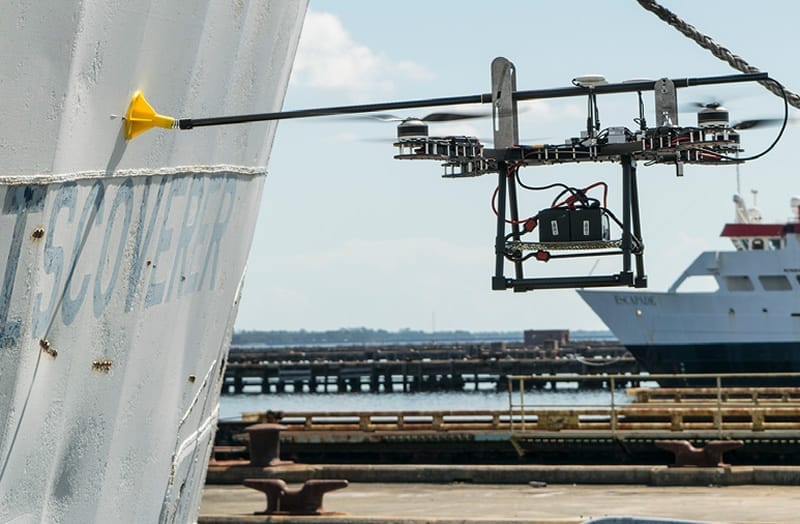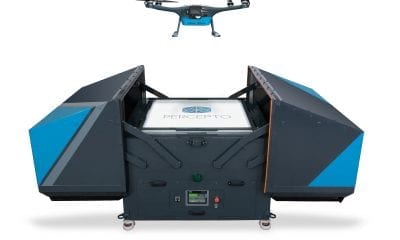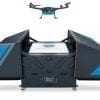
Autonomous
Ubuntu Powered Autonomous Drones for Hazardous, High Altitude Work
With surveys in 2016 indicating that falls accounted for more than 16% of all workplace deaths in the United States Apellix the aerial robotics company took upon itself the challenge of devising ways to prevent people from having to work in dangerous, elevated environments by developing innovative drones that can take over hazardous, high altitude work – for instance measuring paint thickness on U.S.
Navy ships or the wall thickness of a 100m flare stack at an oil and gas refinery. Built on Ubuntu, the drones leverage autonomous flight functionality to manoeuvre with pinpoint accuracy, making it fast, cost-effective, and safe to perform essential tasks at great heights targeting infrastructure, maritime and energy industries.
Each U.S. Navy Destroyer and Aircraft Carrier requires five coats of paint, and each coat must be measured to ensure that it is the correct thickness for which corrosion engineers have to go up using cranes, lifts, or rope work to manually take more than 2,000 measurements across the hull. Even in good weather and without interruptions, measuring each coat of paint on ships needs a 7 person crew employed for six days, and costs more than $100,000.
Apellix aims to make this task more streamlined and safer with its aerial robotics systems by putting engineers in control of bespoke drones – enabling them to collect measurements remotely. The drones are equipped with a custom array of sensor technology, and they physically dock with surfaces to take measurements. This is made possible through software enabled and controlled autonomous flight.
Robert Dahlstrom, Founder and CEO of Apellix, explains: “To date, we are the only aerial robotics company with drones capable of making contact with structures through fully computer-controlled flight. At height, a human pilot cannot accurately gauge distance. At 45m off the ground, they can’t tell if they are 8cm or 80cm away from the structure.”
Apellix needed an OS that was proven, fast, and well supported. Dahlstrom and the Apellix team planned to use Ubuntu. Dahlstrom elaborates, “The biggest advantage of working with Ubuntu is that it supports a ton of packages. There’s high demand for our solution across a range of use cases, and Ubuntu enables us to focus on shipping the product without worrying about compatibility with different software packages.” With Ubuntu, Apellix can use the same underlying operating system – and the same software packages – across development and production. The company is also making extensive use of Ubuntu Server, both on-board its robotic systems and its operations in the cloud. Benefits with Ubuntu providing a robust and flexible foundation, Apellix has been able to quickly iterate on and improve its systems – helping it to dramatically accelerate its development timeline.
Currently, the company already has beta products for Ultrasonic Testing (UT) to measure wall thickness of industrial structures, along with Dry Film Thickness (DFT) testing to measure paint thickness. It is also has painting and cleaning drones under development. Powered by Ubuntu, the aircrafts are proving to be considerably faster and safer than traditional, manual methods.























